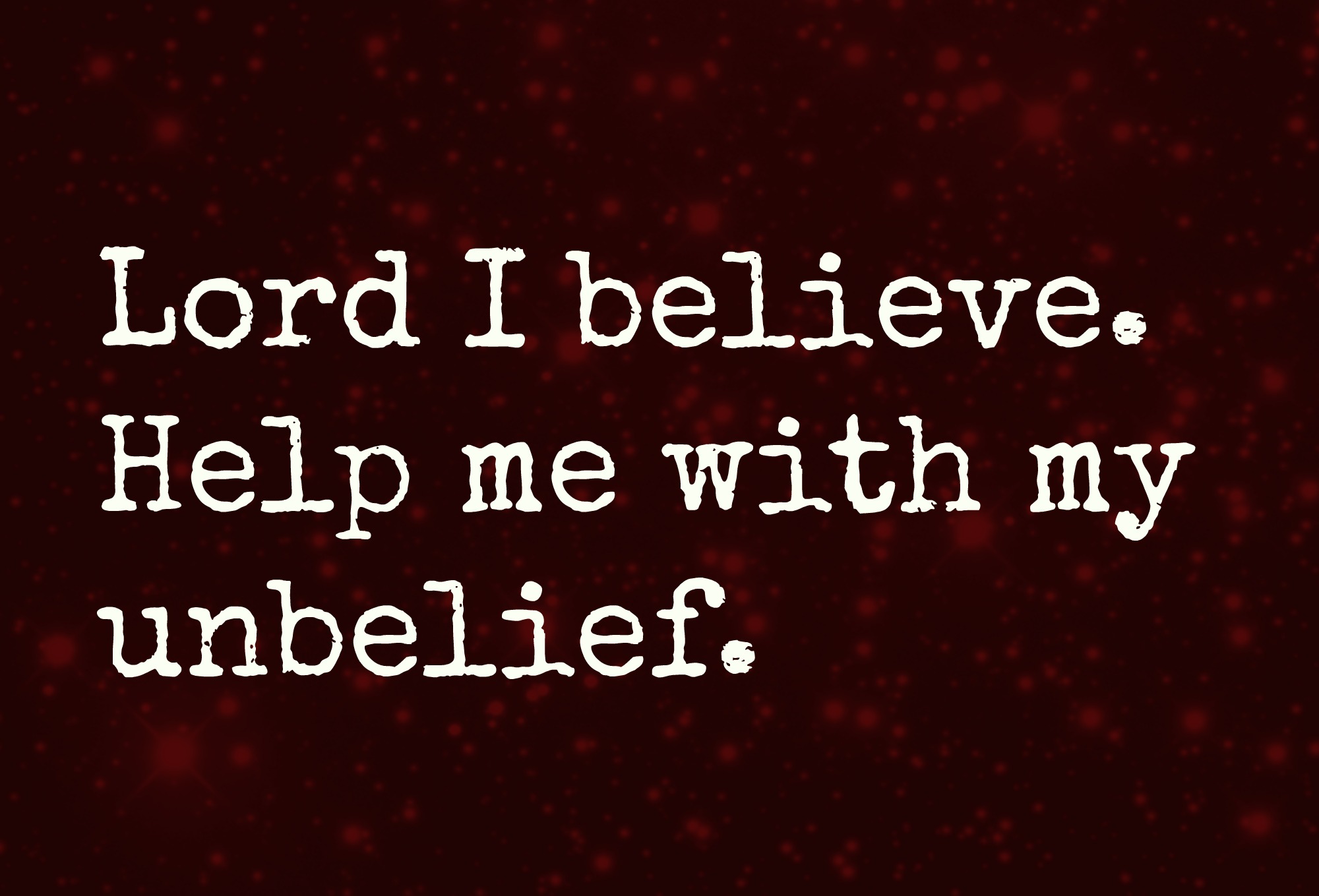Some religious traditions distinguish between saints (those who obey God’s will), and sinners (who disobey). Others set apart saints as super-holy sorts of superhero people. The latter would say that regular Christians, like you and me, aren’t particularly bad or sinful , rather we haven’t done anything extraordinary enough to be called saints. In our Reformed Tradition, being a saint isn’t about what I do or don’t do but about who I am in relationship with God. The letters of Paul are all addressed to the saints of this church and that town. The saints are the “holy ones” who trust in and follow God via Jesus. That’s also true of being a sinner: it’s more about relationship than about a specific action.
Our reformed confessions (the confessions of faith written and adopted by the church over the past 2,000 years) define sin as the self-centered failure to trust God. Consequently, Adam and Eve’s problem wasn’t just that they ate a piece of fruit or broke one of God’s rules. Their real sin was their desire to be “like God,” relying on their judgment rather than trusting God’s word. For us, too, our specific sinful behaviors are only symptoms of this self-centered condition that theologians call “original sin.”
The reformer Martin Luther describes Christians as simultaneously saint and sinner. His point is not that we have a dual nature, but rather than we live in a conflicted state, an often divided human existence. Today’s scripture story demonstrates this paradox and offers hope for us in our believing unbelief.
Jesus and his closest friends return from the dramatic transfiguration revelation on the mountaintop. There they saw that Jesus is the son of God: more than what they can see with their eyes. Like Moses, who saw God on the mountain top in Exodus 32, Jesus returns to the valley and a chaotic crowd torn apart by fear, doubt and uncertainty. A father fearing for his son, has brought his child to Jesus to be healed. But as Jesus was absent, the disciples stepped in and failed to succeed.
Today we’d diagnose this child as epileptic. In the ancient world epilepsy was seen as a sort of demonic possession. In Latin it’s called morbus comitialis (the social disease) as those who suffer from it have a tendency to undergo attacks in crowded places. The disciples have failed to chase off this demon, even though Jesus already gave them the power to do so (Mark 3:14-15). Jesus is the strong man, the only one powerful enough to heal the boy, rebuking the unclean spirit, and returning to him the holy breath and spirit, desired and intended by God.
Most of the text focuses upon the conversation between the father and Jesus. The former seems, to be the perfect symbol of a Christian disciple. He is simultaneously a doubter and a believer, a sinner and a saint. Facing the conflicted tension in his own fear of losing his son, he must face his own internal division: doubter and believer. He choses hope over despair, trust over mistrust. For the word “to believe” means to place one’s trust in another.
Curiously Jesus seems to say two separate things. Only faith can deliver from such a spirit of division. Then later only prayer can. Maybe he’s talking on two planes: when he is present, and in his absence? What he can do, and we can do in his name. What do you think?
Questions for Going Deeper:
- What word, phrase or image shimmers for you in the text?
- How does this intersect or interact with your life today?
- What invitation do you hear from God in this text to act, say, be or do?
